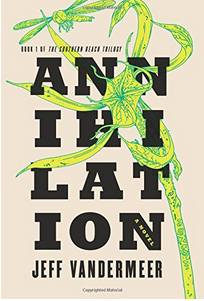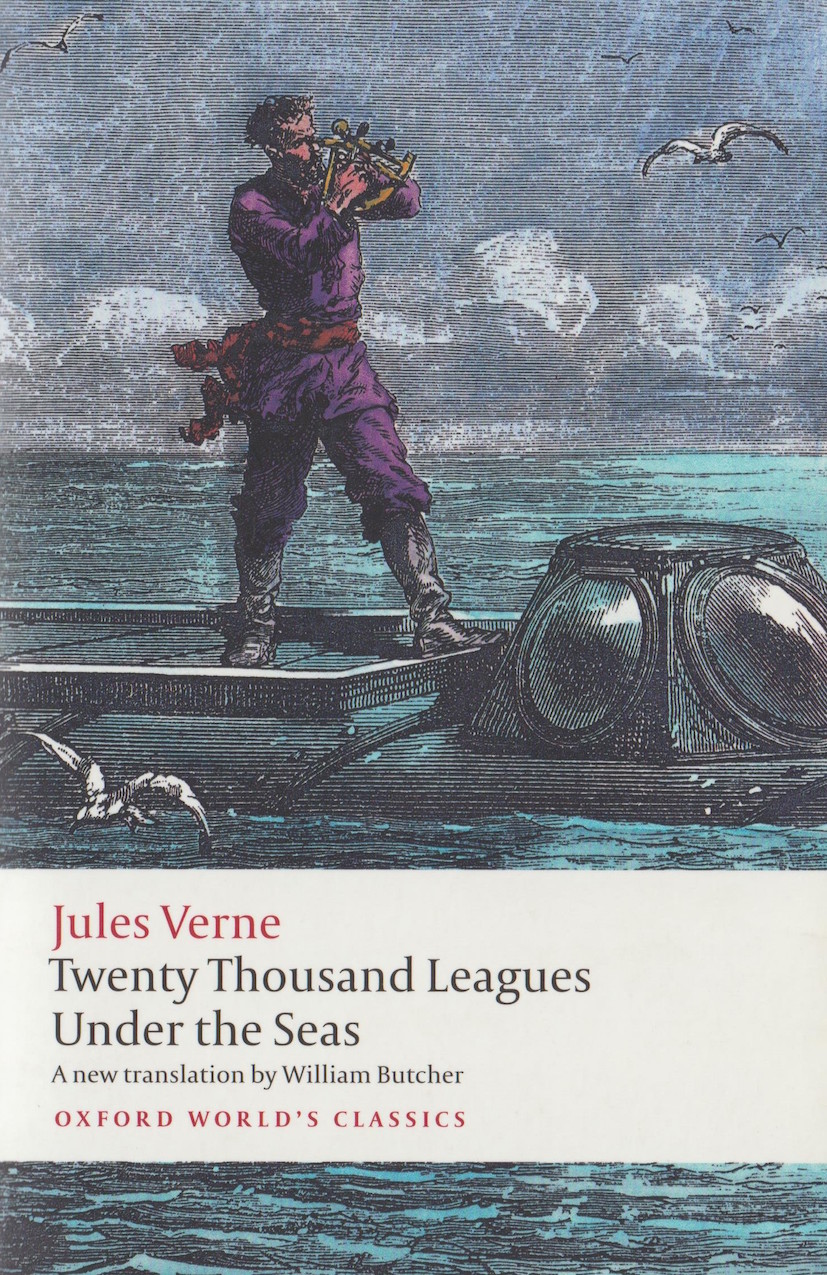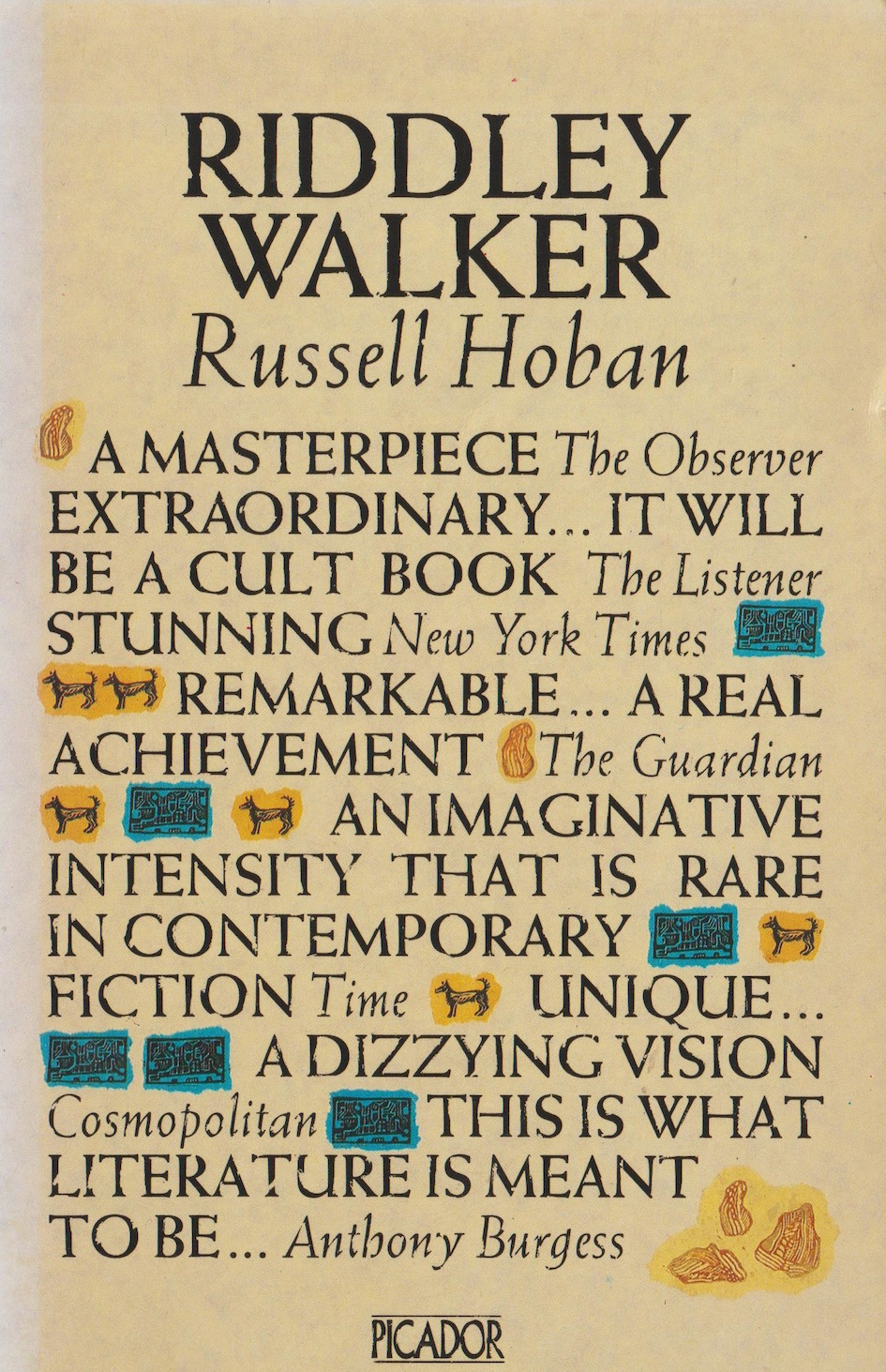With students across the country back to school over the coming days, we started thinking about stories that feature national curriculum subjects. We came up with a list of six books that capture something special about maths, English, geography, history, science and languages, either directly or in a more abstract way. We hope that seeing familiar school subjects in a different context will help students get back into the learning rhythm and find varied reading options too!
Back to school choice 1 (maths): Flatland by Edwin Abbott Abbott (1884)
An approachable and entertaining exploration of existence on different mathematical planes, Flatland is a thought experiment, an introduction to the four dimensions and a riveting narrative rolled into one. Abbott’s novella is set in a two-dimensional world populated by shapes that have no understanding of the concept of depth – until the main protagonist, a square, is visited by a three-dimensional sphere that turns his world upside down.
As a maths analogy that uses fantasy to make its point, Flatland never overcomplicates terminology or forgets to be witty. Abbott mocks Victorian social hierarchies through the shapes that feature in the novel. He also pokes fun at people’s unwillingness to accept new ideas, for instance, the square’s initial refusal to believe that three dimensions exist is akin to us wondering what it might be like to encounter a four-dimensional being. A literary classic, Flatland is one of the first works of popular science writing and has been turned into several films, including a children’s animation from 2007.

Back to school choice 2 (English): Fahrenheit 451 by Ray Bradbury (1953)
Bradbury’s dystopian tale of a future America where firemen are tasked with burning all books is a classroom staple. Half a century on, Fahrenheit 451 still grabs the imagination, with lots of recent attention on how Bradbury seemingly predicted various aspects of modern society, including flat-screen TVs, earbuds and surveillance.
We picked it for our English subject choice as it’s a well-known story about books, but we are also intrigued by its apparent warning against books! Yes, it’s true that Fahrenheit 451 warns how technology can encroach on books, but it’s not only a plea to preserve texts as sacred objects; it warns us against venerating physical books. In the words of one character: “There is nothing magical in them at all. The magic is only in what books say, how they stitched the patches of the universe together into one garment for us.”
By the end of the story, when his dystopian vision is complete, Bradbury’s protagonist has abandoned society and joined a group of outsiders who’ve decided to memorise great works of literature. And thus it provides an important lesson for both students and teachers – learning comes from preserving important ideas rather than from fetishising texts.

Back to school choice 3 (geography): Annihilation by Jeff Vandermeer (2014)
Part one of Vandermeer’s Southern Reach Trilogy, Annihilation is recommended for slightly older teen readers. It tells the story of four scientists exploring a region called Area X that is overrun with strange biological and environmental phenomena. The book is as much about the haunting landscape as it is about these four women, crafting a dreamlike narrative that doesn’t take a strict approach to depicting nature. Instead, Vandermeer explores a collapse of ecosystems (caused either by humans or some mysterious outside force) and a deteriorating landscape in fleeting, sometimes horrifying ways.
The author is a vocal supporter of environmental protection and claims that the 2010 Gulf oil spill partially inspired the story. While several of Vandermeer’s books are ecological storytelling to varying degrees, Annihilation is certainly relevant to those studying geography, encouraging the reader to see the world around them with fresh eyes.

Back to school choice 4 (history): A History of the World in 10 ½ Chapters by Julian Barnes (1989)
Barnes’ approach to history is often fragmentary and playful in his novels; a mix of the mundane and the mythic. A History of the World in 10 ½ Chapters has broader ambitions than The Noise of Time that deals with the composer Shostakovich and Arthur and George about Arthur Conan Doyle. Perhaps the verbose book title is a hint at the grandiosity to come – a compilation of thematically tied short stories that explore events as momentous as the sinking of the Titanic and the Chernobyl disaster while throwing in the events of Noah’s Ark for good measure.
A History of the World is an accessible and entertaining read that offers an anachronistic view of world history from the peripheries, from the viewpoint of lowly characters and woodlice instead of kings and queens. Barnes is more interested in ideas than stories or characters, questioning the extent to which we need fiction to understand the truth and exploring how historical incidents, no matter how tragic, are bound to be fictionalised as soon as they occur. As a discussion of art, memory and the way we view the past, it’s a great book for young historians, demanding the reader to recalibrate their view of history.

Back to school choice 5 (science): Twenty Thousand Leagues Under the Seas by Jules Verne (1870)
The explorations of Professor Arronax and his crew to discover the origin of a strange creature attacking ships introduces us to the classic tale of the misanthropic Captain Nemo and his remarkable submarine. Verne is a forefather of science fiction in a literal sense – always seeking to give realism to his inventions and predictions.
Most of us who have read Twenty Thousand Leagues will likely remember the Nautilus, Nemo’s submarine, and how it predicted many advancements in undersea exploration. However, as a study of marine life, the book is equally impressive. Verne’s research of his topic is evident – lengthy digressions, devoted to showcasing the amazing creatures the crew encounter, show how his interest straddled biology and engineering.
There are references to the famous contemporary ocean explorers Matthew Fontaine Maury and Jean François de Galaup, intermingled with explorations of Atlantis and battles with as-yet-unproven colossal squids. A stimulating book for readers of all ages, Vernes epic is as much about the joy of scientific discovery as it is a straightforward adventure story.

Back to school choice 6 (languages): Riddley Walker by Russell Hoban (1980)
Our second dystopian tale on the list is a trickier read than Bradbury. Riddley Walker tells the story a young boy living in a post-apocalyptic England where nuclear war has forced humanity back to the dark ages. Scenes of primitive farming and the gradual rediscovery of technology are told from Riddley’s perspective. They are filtered through his bizarre dialect. Lines like: “Iyther you dont know nothing or you know too much it dont seam like theres any thing in be twean” are common.
Following in the footsteps of novels like A Clockwork Orange or Nineteen Eighty-Four that mastered the made-up language, Hoban’s book forces readers to change their manner of thinking and adapt to an alienating version of English. Riddley Walker can be a strain at times and might be best read aloud – the deliberate absence of a glossary forcing you in an unfamiliar voice to re-learn the language you speak and confront its oddities.
Anyone going through the process of learning a foreign language will appreciate the challenge of wading through obscurity to understanding when words begin to enough make sense for you to focus less on the language and more on the story.

Thank you for visiting our blog. Our vision here at Books2All is a world where every child finds the books that help them reach their true potential. If you have spare books in good condition at home that you think might be appropriate for school children or represent a school and would like to register to receive donated books, please download the Books2All app from the App Store or Google Play.
Banner image courtesy of gpointstudio – www.freepik.com

